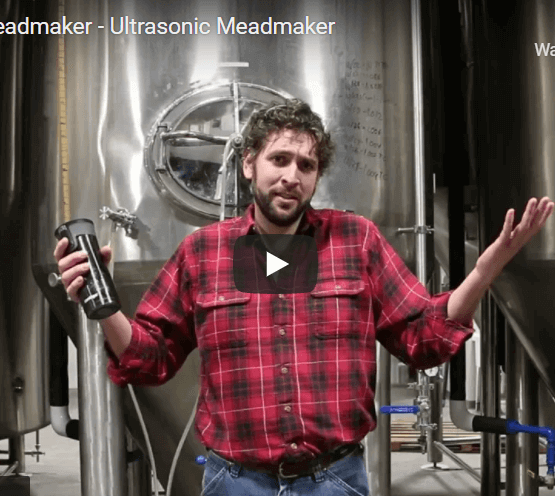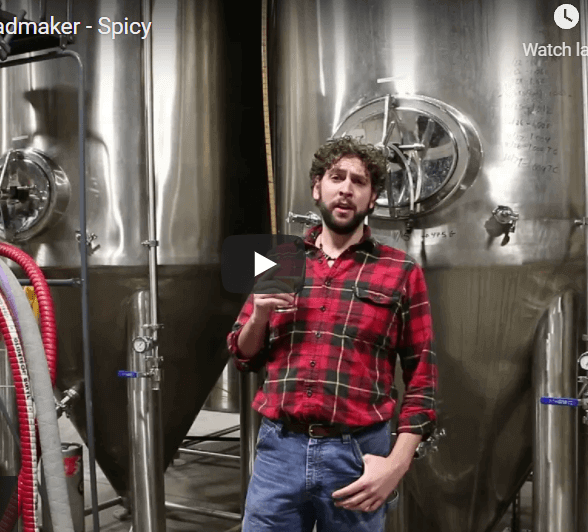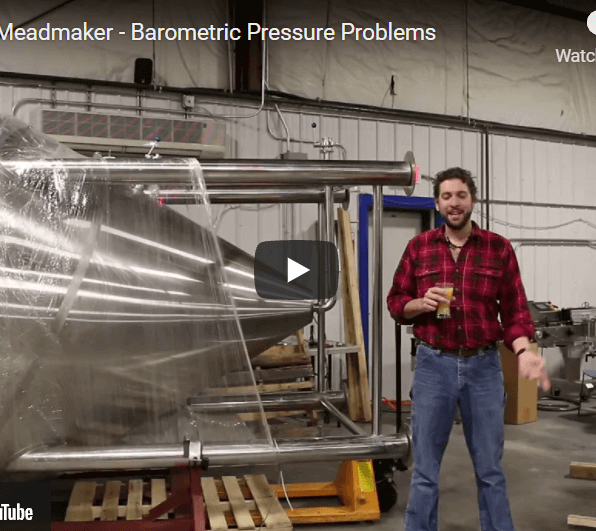Did you know my special trick for answering questions on Ask the Meadmaker is to read the questions, then put the paper away, so it seems like I have a good memory?
Welcome to Ask the Meadmaker, where I, Ricky the Meadmaker, answer your questions about mead making, mead drinking, mead brewing, and really any question you're willing to send me.
Our first question comes from Simon and he wants to know if I would ever make a Brythonic mead (a Welsh mead, an old Welsh mead, a Celtic mead)? And the answer is sure, why not? I make lots of things.
Our next question comes from John and it's really interesting. He sent a question about a question that he couldn't find the answer to on the internet. Sometimes I get these questions and I'm like, should I just google it? But that seems like how it would work if he was my Grammy. So, I set to doing original research on this one instead of just googling it myself. John wants to know if you could make a caramelized honey in an Insta pot. He saw a reference to it on the internet, but no other references when he googled it. I didn't google it, guys.
So, I think the thing is, Insta pots have something going for them that most other ways of cooking do not. They have a thermostatic controller in them that sets a temperature and keeps it there. Honey is unusual for a sugar in that it begins its caramelization at about 180 degrees Fahrenheit. So, you can actually caramelize honey below the boiling point. Now, this is not all honeys. Some honeys actually have to get to boiling before they can caramelize. But an advantage of doing it in an Insta pot is that you can set it and forget it and come back the next morning and have a caramelized honey for your bochet. So, my guess is that's what the fella or gal on the internet was talking about.
I've actually gotten that question a lot recently. So, I hope you guys can find that Insta pot recipe. I most recently got it from a man named Chris and a woman named Amanda or a woman named Chris and a man named Amanda or two people who choose not to identify.
John wants to know if I recommend bulk aging and the answer is... eh.
Don wants to know how I control the pH in my mead. His keeps going so low that he thinks it's affecting his fermentation. And the answer is our meads don't really have pH issues, with the exception of the pH drop caused by the dissolved CO2, so what we do is we do a pump over where we take the mead from the bottom of the tank and we put it in the top to knock the bubbles out. At home, if you are fermenting something that is highly acidic, if you have lemon or even cranberry in your fermentation, you can use small amounts of potassium bicarbonate or some other thing like that, though, I wouldn't recommend home baking soda because then your mead can often taste a little soapy.
Our last question this week comes from Joseph. And, ha, okay. He wants to know if I’ve ever experimented with ultrasonic aging. That's the first question. The second question is, do I think it's a real thing or just bull honkey? And the answer is ultrasonic aging does have scientific evidence to support it. Cellular walls will rupture under ultrasonic concussive force, causing, let's just call it higher speed aging.
But highlight the question, have I experimented with it? Guys, what tools and resources do you think I have? You know from an earlier video that the best I've ever done is like Hall & Oates right behind my tank. That is the peak of the technology we have in this facility. You all at home have access to way more technological resources than we do. But now, thanks to our friend Joseph, I have gone down a rabbit hole of ultrasonic aging, so he'll probably have bankrupted the company. Thanks, Joseph.
Anyway, that was our last question. If ultrasonic aging doesn't put us out of business before next time, I'll keep answering your questions as soon as possible. Cheers.




